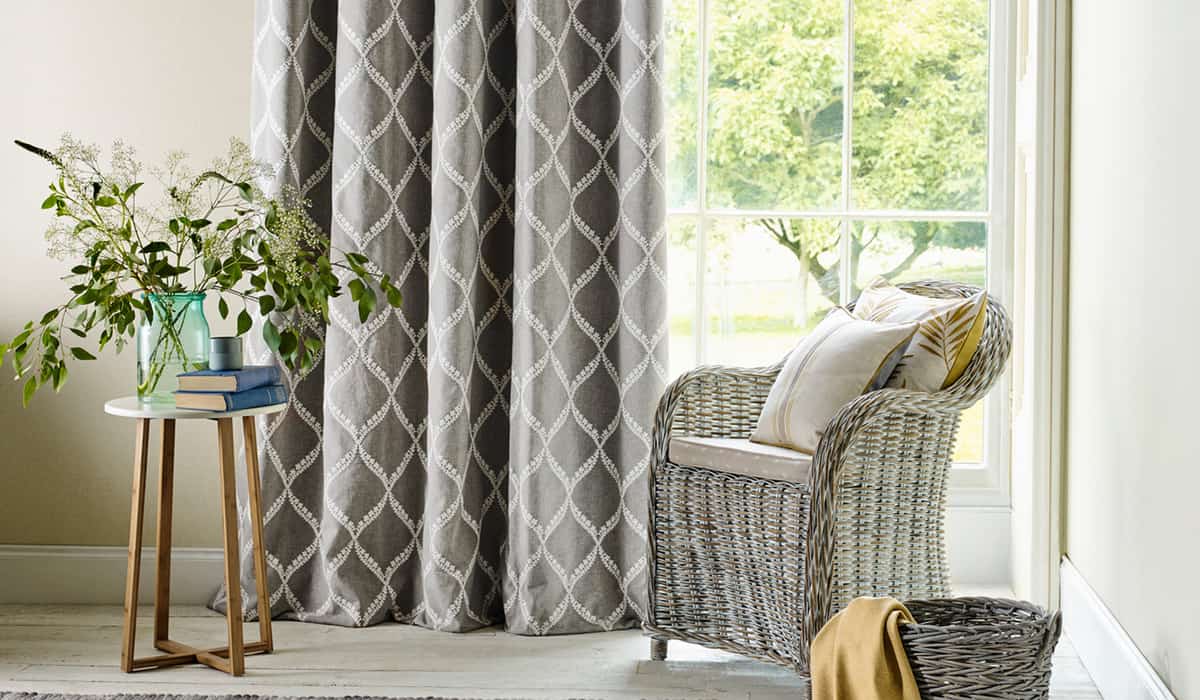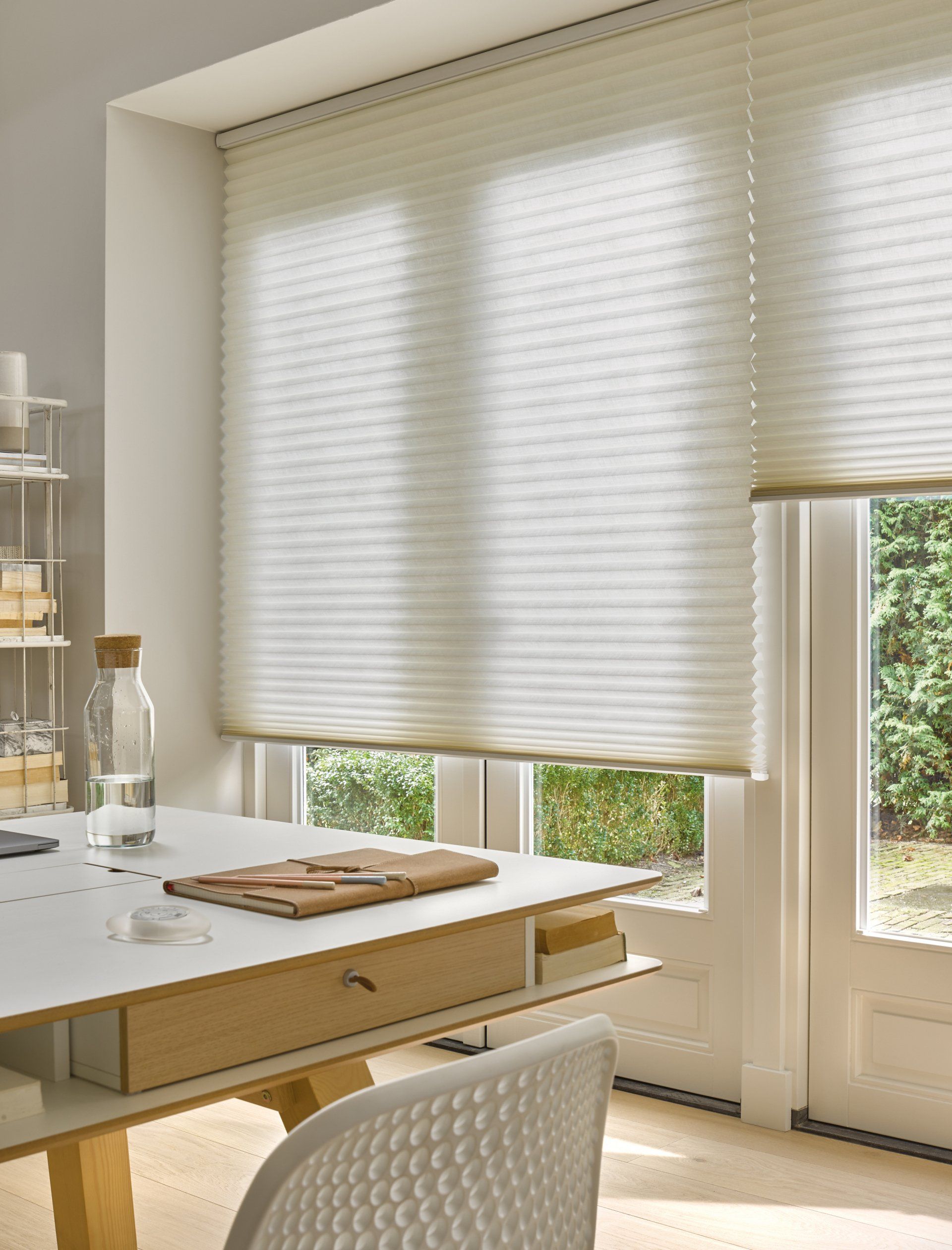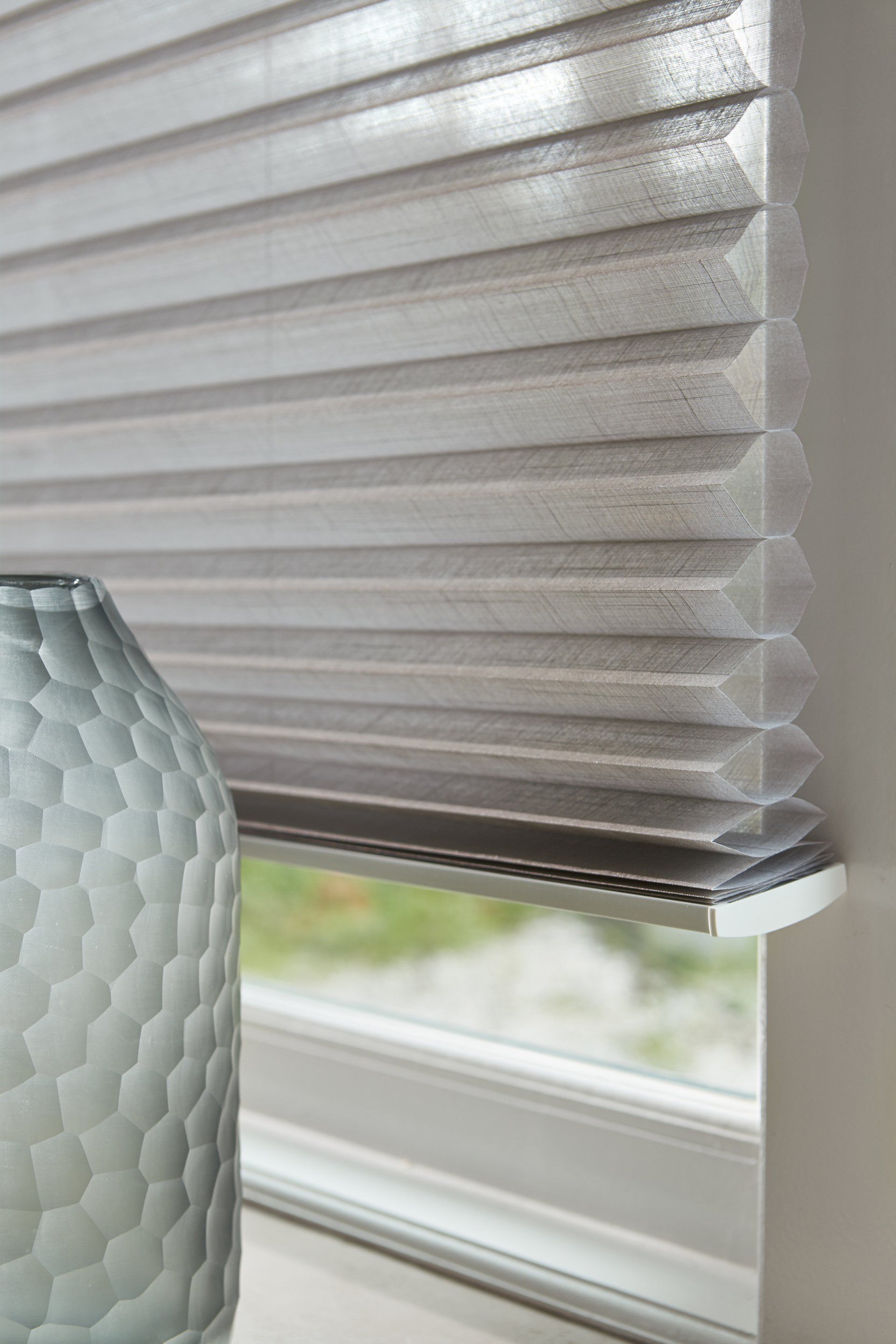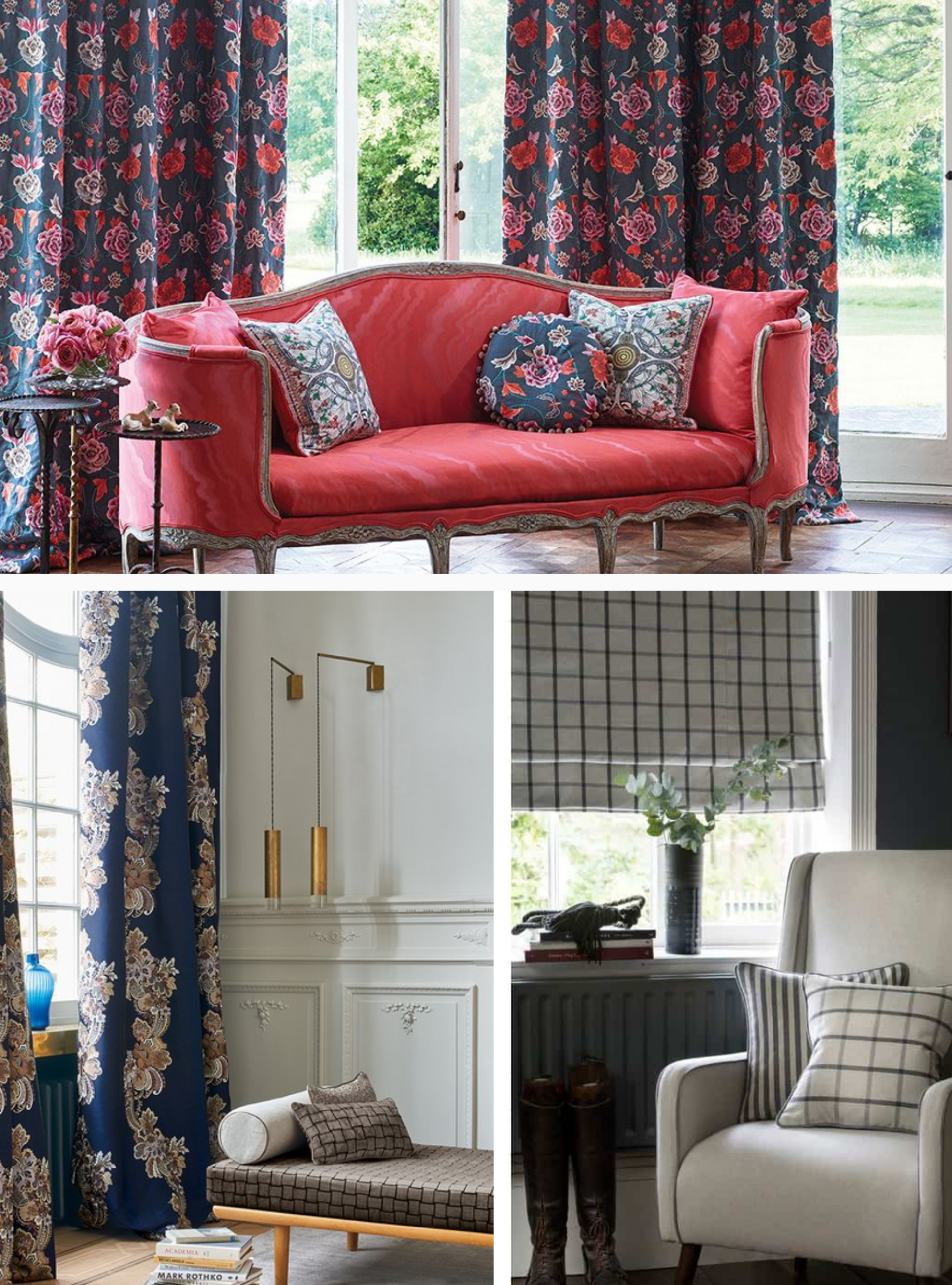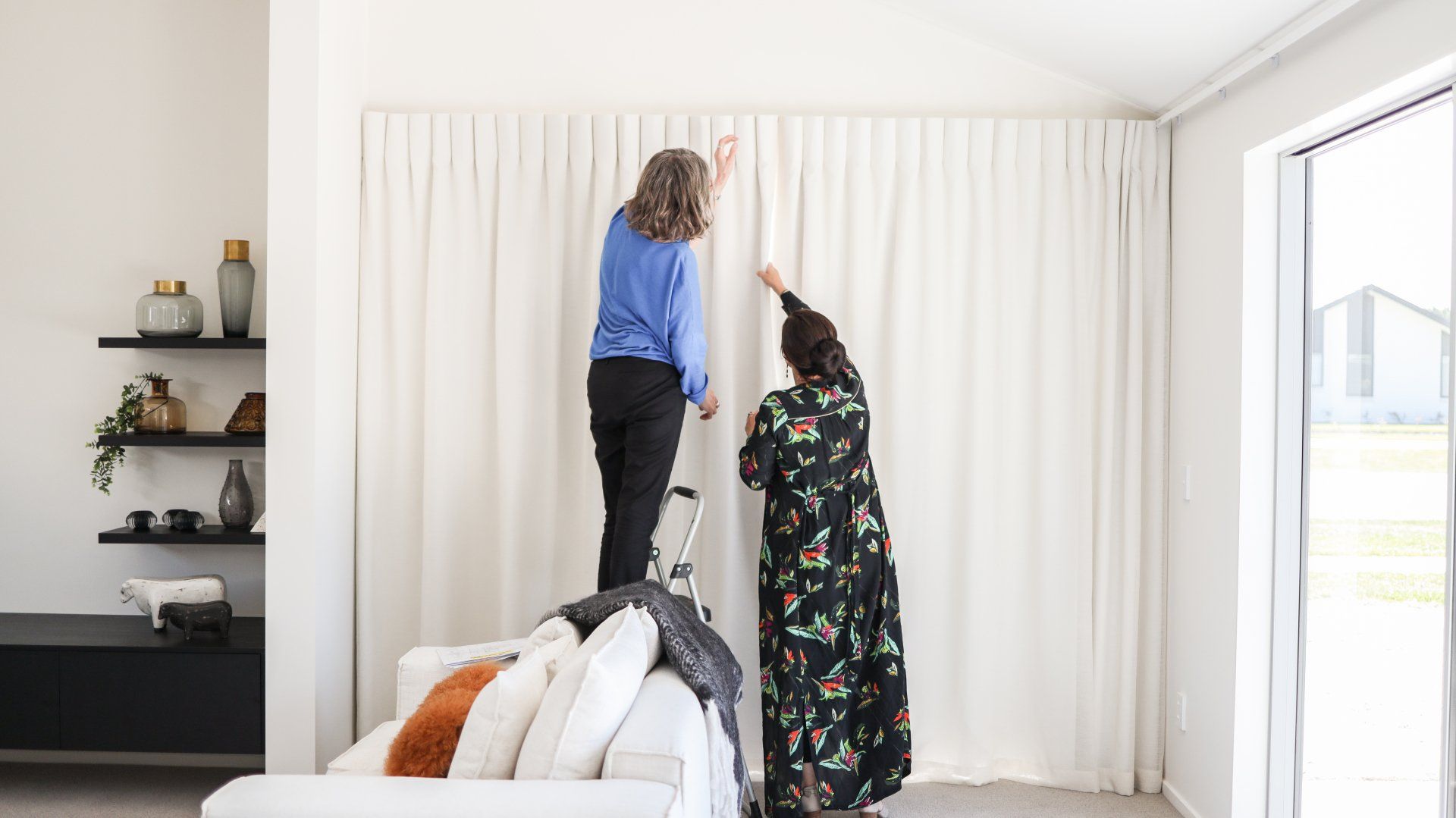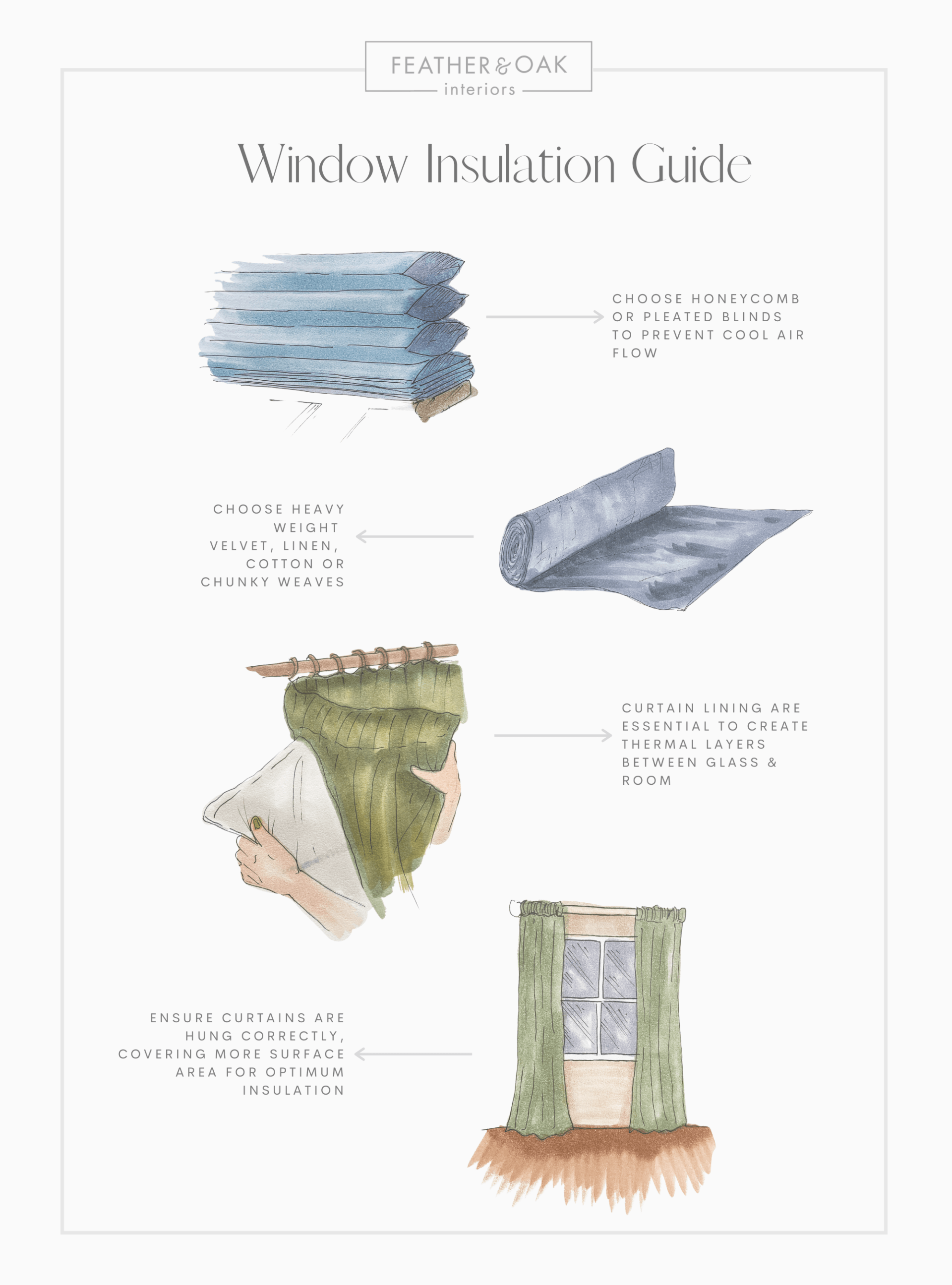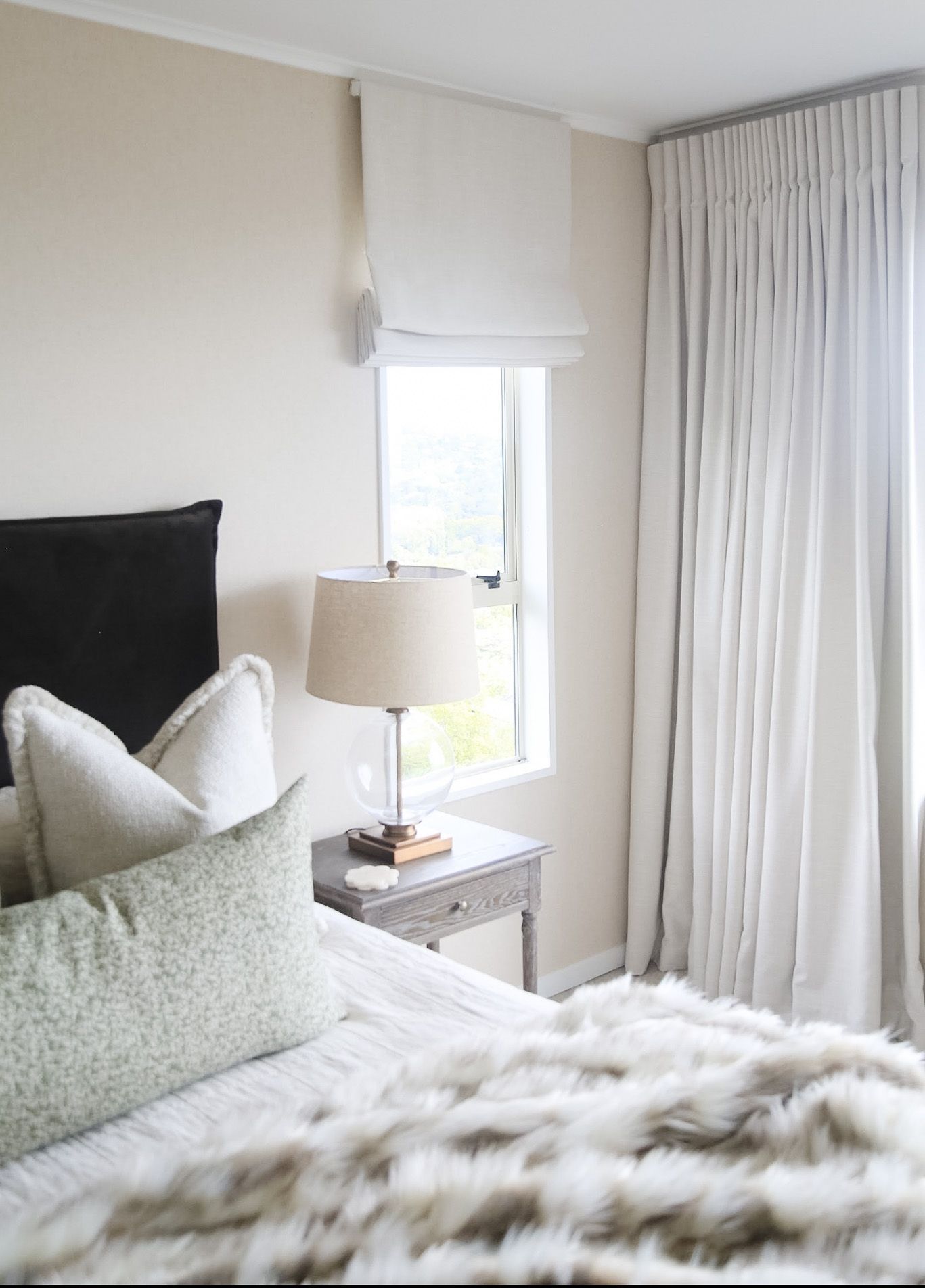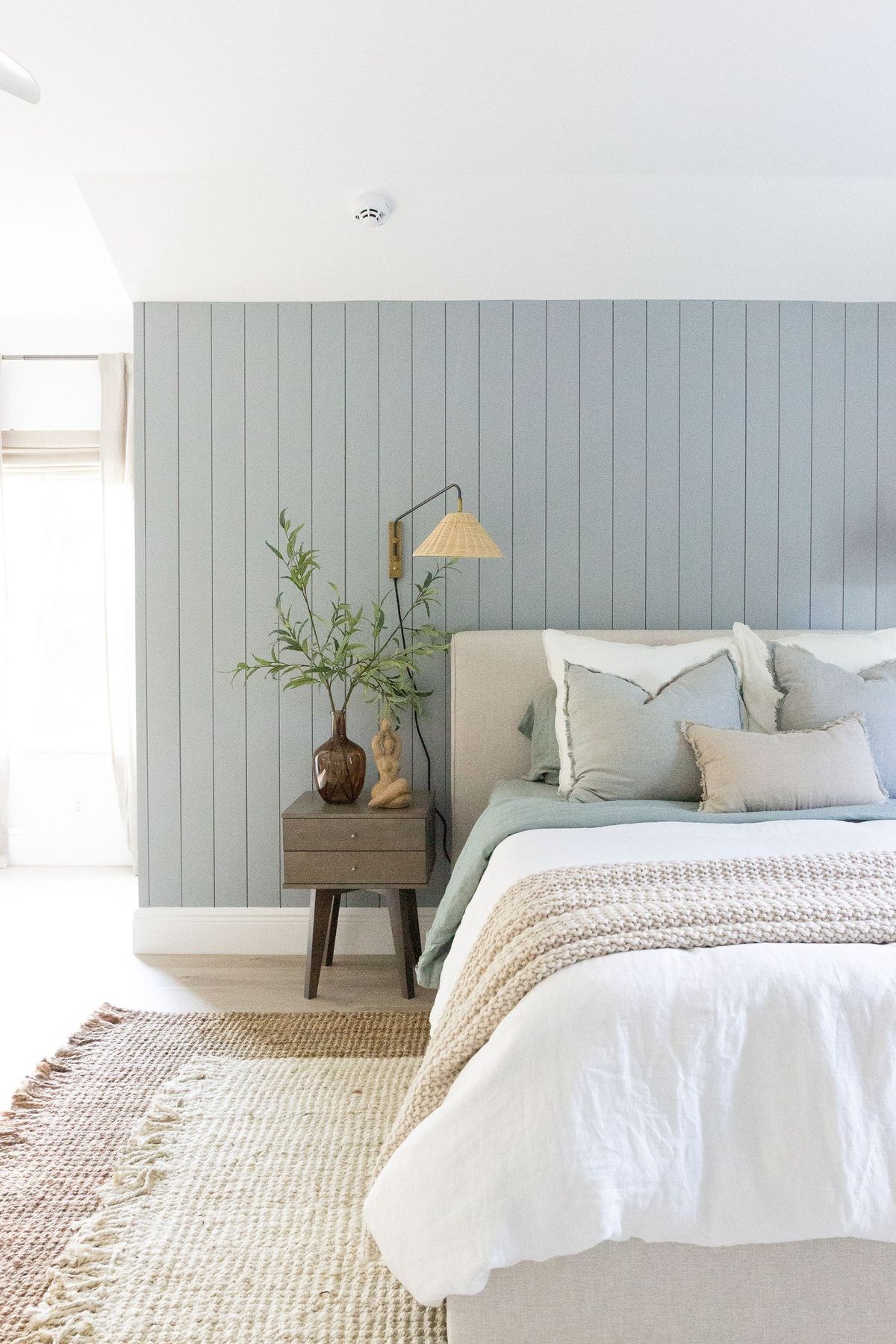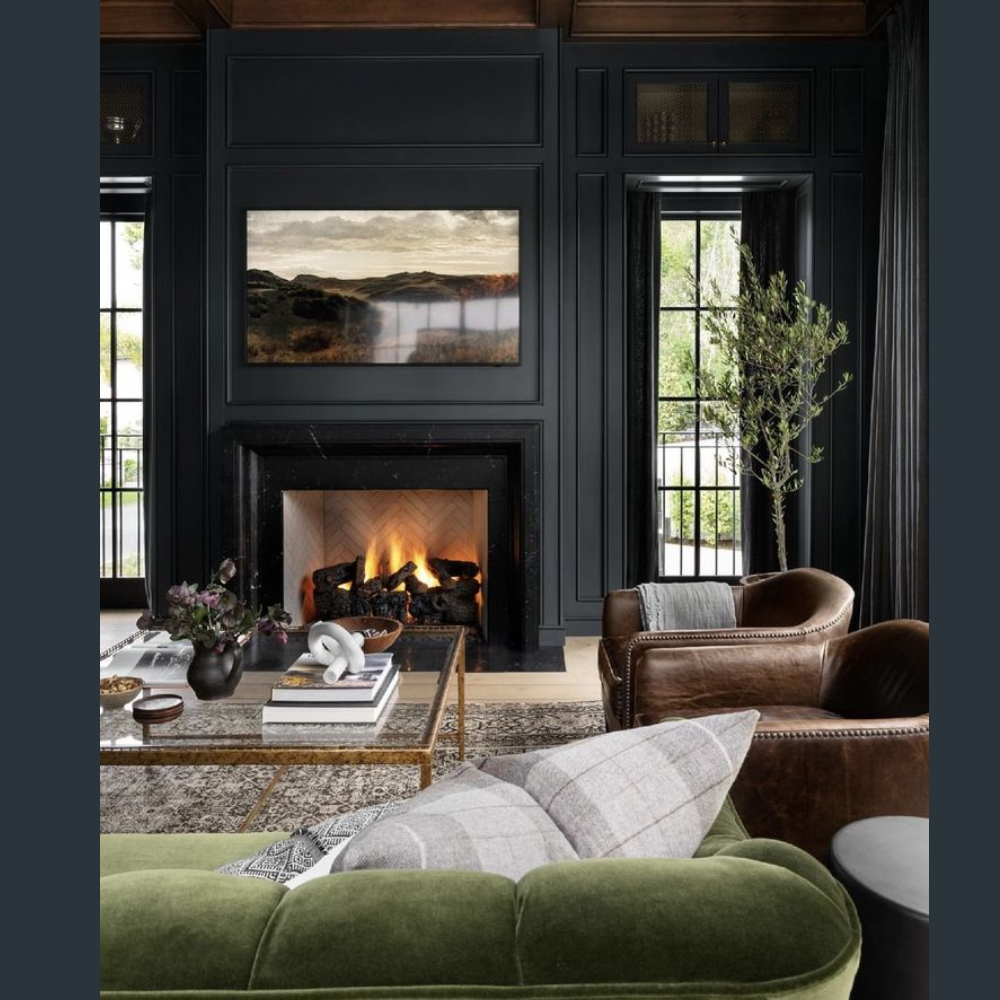How To Keep Your Home Warm This Winter | Window Solutions
Feeling the winter chill?
Let's dress your windows for the cooler temperatures!
Double glazed windows definitely make a difference to the insulation of your home, however windows still represent a major source of heat loss in a house. There are a couple of window treatments that provide thermal benefits and can help combat heat loss through your windows during the evening hours.
Honeycomb or Pleated Blinds
Pleated or honeycomb blinds (named due to their cellular shape) are made from layers of reinforced fabric that is bonded together and joined with pleats to form compartments of trapped air. The still air is trapped between the glass and the blind as well as within the honeycomb configuration creating an insulation layer between the room and your windows. In addition, honeycomb blinds fit more tightly to the frame of the window than other blind types reducing the flow of cool air around the window covering and into the room.
Additional benefits to pleated blinds are that they reduce noise pollution with their cellular construction, the blinds can be blockout or translucent and can pair with automation. Honeycomb blinds fit to standard window sizes and shapes as well as skylights and suit a variety of interior styles.
Curtains
Curtains that are hung from the ceiling to the floor and are wide enough to amply cover the window will provide an insulating layer to protect your room from heat loss through your windows. Curtains come in a variety of styles and types and thermal benefits can certainly be obtained through lining and fabric choices.
Lining
Linings are a key component in creating thermal layers between the glass and the room. Thermal backed fabrics are made through applying a topical layer to the back of the fabric that works by trapping the air around the foam-like application. Although this does create a layer of protection, assessments undertaken show that a separate lining layer provides a much higher degree of thermal benefit. Layers of fabric work by trapping the cold air between the separate lining and face fabric and reduce the cycle of cool air into the room from the cold glass.
We can amp up the effectiveness of the lining by introducing an additional lining layer - this is called interlining your curtains. This involves adding an additional layer of lining which may take the form of bump (a thick woven fabric) through to a simple cotton sateen - this additional layer creates another barrier for the cold air to be trapped between.
Fabric
Various fabrics can have a marked effect on the thermal benefits of curtains. Heavier weight velvets, linens and cottons all help reduce the flow of cool air. Selecting fabrics with chunky weaves and thickly woven fibres will be effective as will fabric that is tightly woven.
Curtain Hanging
The placement of your curtains is also important to gain maximum thermal advantages. Hanging the rod or track high above the window and ensuring your curtains fall to the floor as well as fitting the curtains beyond the window frames at the sides will ensure that the flow of cold and warm air is minimised.
We love all things windows so if creating a warm and cosy winter home is top of the list this winter then come and talk to the team about the options. Click "Download Now" below to grab a copy of our brand new (& free!) Window Furnishing catalogue.
NEW Window Furnishing Catalogue
